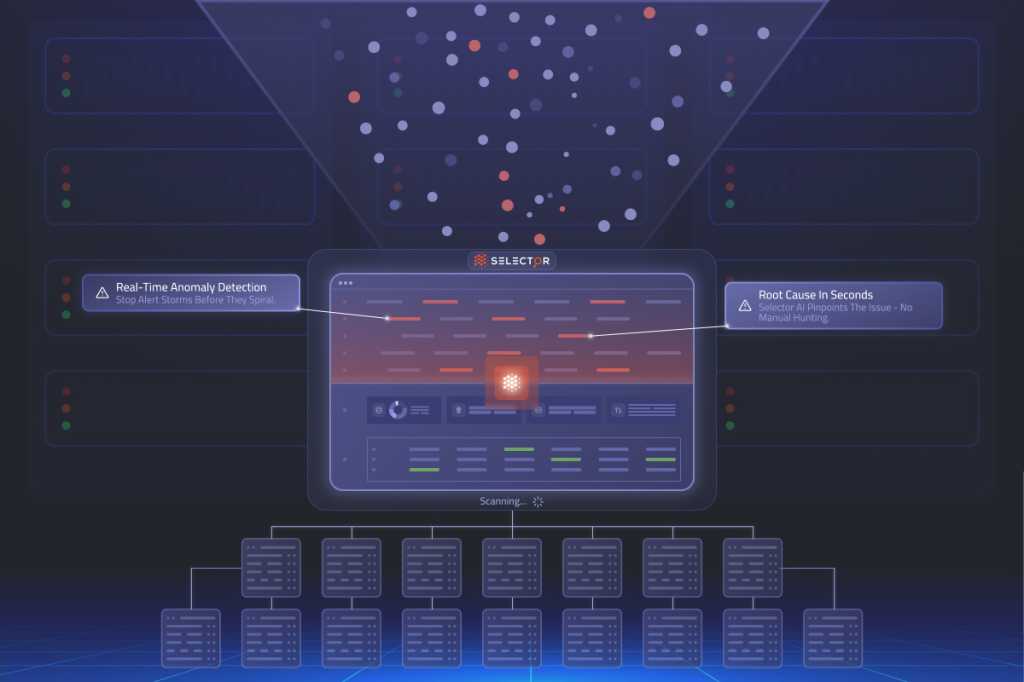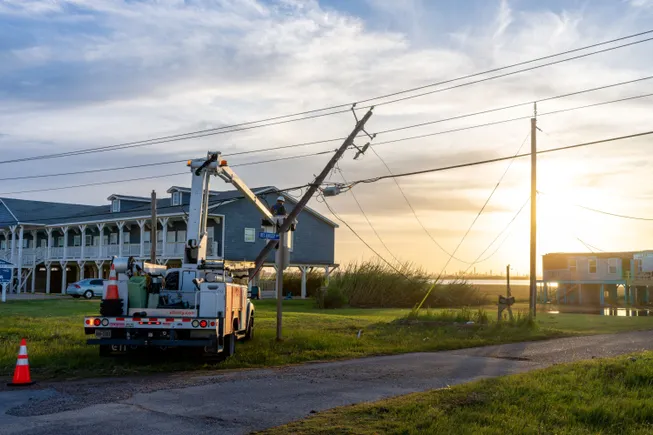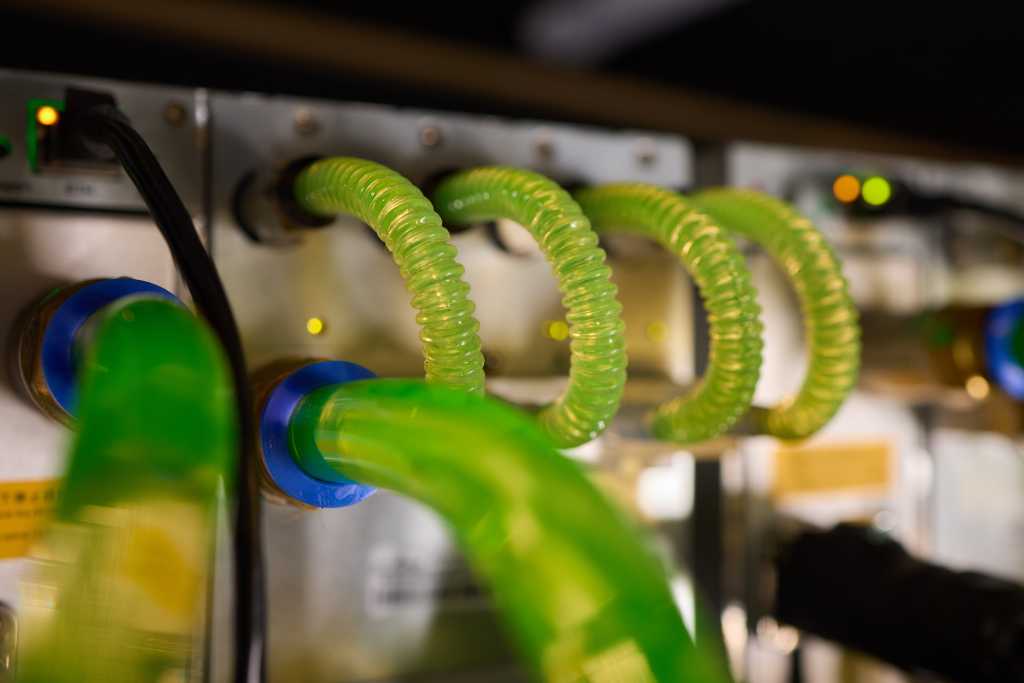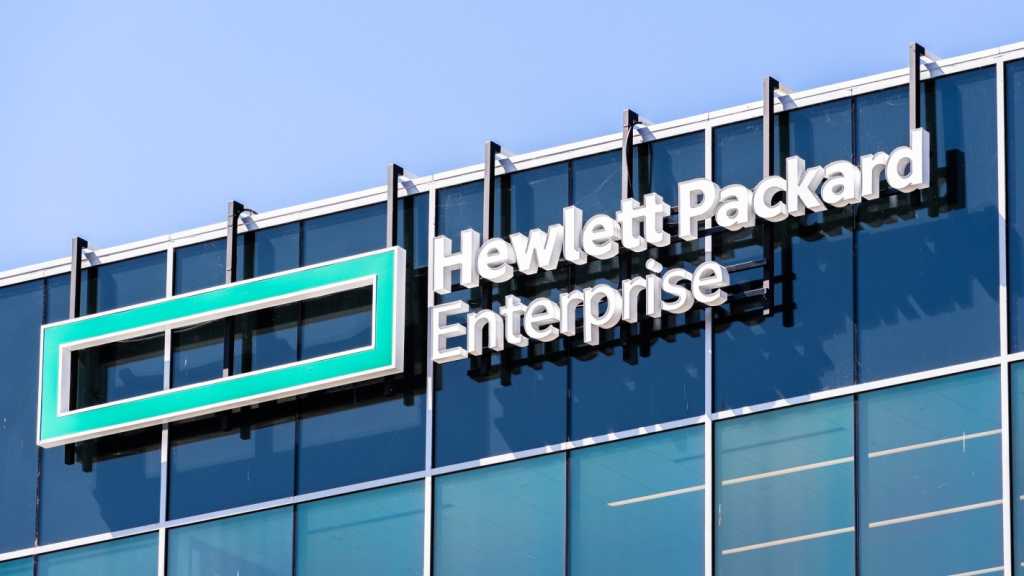
Many network teams manage some 15 to 30 different dashboards to track data across all the components in an environment, struggling to cobble together relevant information across domains and spending hours troubleshooting a single incident. In short, they are drowning in data.
Artificial intelligence tools—and specifically AI agents—promise to ease that pain by dramatically reducing ticket volumes, cutting incident resolution time, minimizing network downtime, and freeing up network engineers to focus on higher-value, strategic tasks. Yet AI is not a panacea that can be dropped into a chaotic data environment. AI is only as good as the data it processes, and network organizations need to tackle data hygiene before implementing AI agents.
“With most AI agent solutions, there is a real challenge with data hygiene. We don’t want to have poor data impact the user’s outcome and experience,” says John Capobianco, product marketing evangelist at Selector AI. “Our hypervisor can help turn garbage data into structured, usable data.”
Selector’s Data Hypervisor ingests and normalizes diverse operational data—logs, metrics, events, and more—into a unified, vendor-agnostic format for easier, unified analysis. It also enriches this data with contextual metadata like location, device relationships, and customer identifiers, turning raw data into actionable insights. It uses machine learning to automatically parse and enrich unstructured data, eliminating the need for manual rules and reducing errors.
Data hygiene for network AI
Without such efforts to turn data into a clean, structured format, AI agents will be working from fragmented, inconsistent information—rendering them unable to provide the intelligent, actionable insights network teams need. The quality of data directly impacts AI’s ability to identify root causes, predict potential issues, and provide appropriate guidance.
To overcome the data fragmentation problem and prepare for AI agents, network teams must implement a data hygiene initiative that includes the following:
Conduct a comprehensive infrastructure inventory of devices and systems, including equipment for correlation and root-cause analysis.
- Standardize devices and interface descriptions, because they are critical for AI interpretation. Inaccurate or missing descriptions can create challenges, while good descriptions enable AI to translate the metadata into meaningful insights.
- Establish a centralized metadata repository or create a single source of truth to enable more accurate root-cause analysis, improve the performance of the correlation engine, and provide a comprehensive view of network infrastructure.
- Ensure secure data transport mechanisms that comply with data sovereignty requirements, minimize risks during data transport, and maintain data integrity during the transport process.
- Collaborate across IT teams, such as network, security, database, and policy. Bring cross-functional teams together alongside AI agents.
- Use tools that can normalize and correlate heterogenous data to create a unified view across different data sources to enable more effective AI analysis and correlation.
AI-powered network operations
AI in network operations is not simply about collecting more data, it’s about transforming how network teams understand data and use it to optimize performance and minimize downtime.
“AI acts as a digital co-worker that understands the infrastructure, understands what’s healthy and what is not,” Capobianco says. For example, he says AI-powered agents reduced ticket volumes from more than 5,000 per day to fewer than 75 for one large client, turning days of troubleshooting into minutes with an exact diagnosis – and freeing up lots of time for network engineers.
By breaking down organizational silos, aggregating normalized data, and enabling proactive management, intelligent agents help network teams shift from firefighting mode to a more strategic stance. The transformation will deliver a more resilient, efficient, and intelligent network infrastructure.
Learn more about how Selector’s AI/ML-driven solutions can help you detect and fix issues across your network and IT environment. Visit Selector. Or check out this Webinar featuring Selector’s John Capobianco.






















